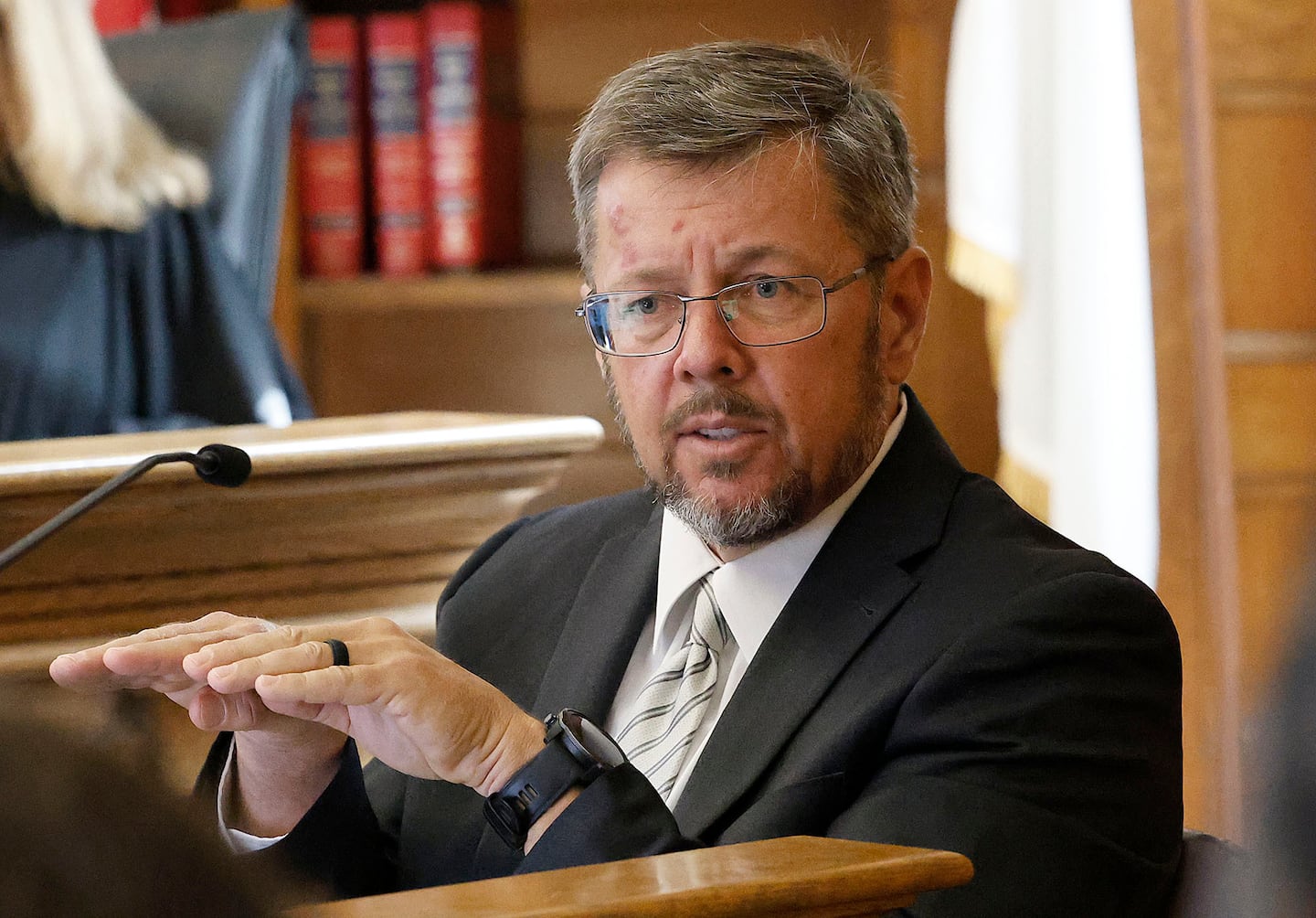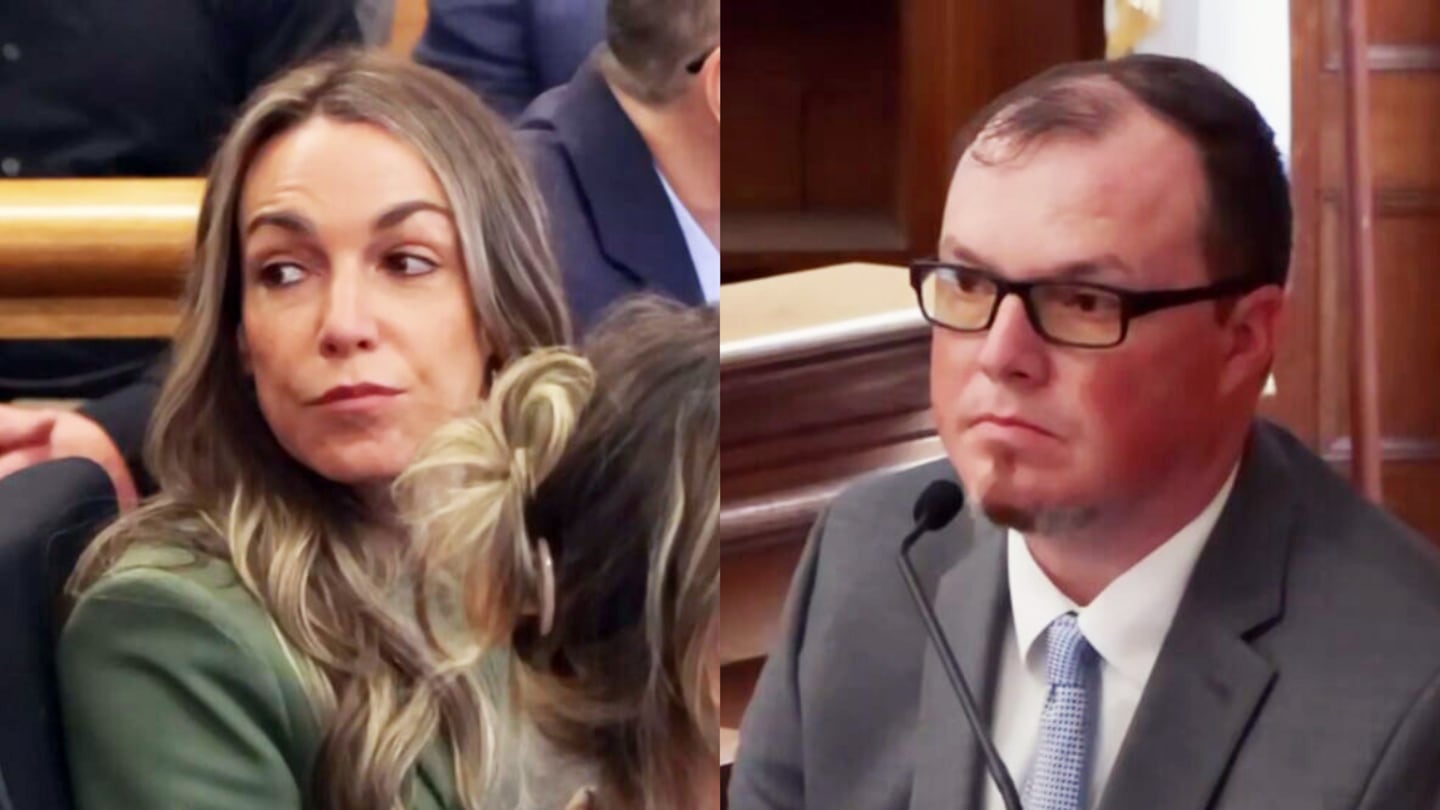DEDHAM, Mass. — The Commonwealth of Massachusetts on Thursday rested its case in Karen Read’s murder retrial after calling 38 witnesses to the stand over six weeks of testimony.
The defense will now get a chance to begin presenting its case starting at 9:30 a.m. on Friday, after jurors were dismissed for the day shortly before noon.
Read said last week that her team is planning a “more robust” case that is “broader and deeper” with more witnesses than last year. A mistrial was declared last year after jurors said they were at an impasse and deliberating further would be futile.
Breaking: After 6 weeks of testimony and 38 witnesses, the prosecution has rested in Karen Read’s re-trial.
— Ted Daniel (@TedDanielnews) May 29, 2025
The defense will now begin to present its case.
Read, 45, of Mansfield, is accused of striking John O’Keefe, her Boston police officer boyfriend, with her Lexus SUV and leaving him to die alone in a blizzard outside of a house party in Canton at the home of fellow officer Brian Albert on Jan. 29, 2022, following a night of drinking.
Thursday marks Day 23 of witness testimony in the retrial and the prosecution’s crash reconstruction expert, Judson Welcher, appeared on the stand for a third straight day.
Read’s lawyers continued their questioning of Welcher, an expert with the forensics company Aperture LLC, before the prosecution announced the conclusion of their case on what is a scheduled half-day in Dedham’s Norfolk Superior Court.
On Wednesday, defense attorneys grilled Welcher on his methods after he testified to the prosecution that damage to Read’s SUV was “consistent with a collision” involving O’Keefe if the vehicle was moving faster than 8 mph.
Under cross-examination, defense attorney Robert Alessi pressed Welcher about the $325,000 the state is paying his firm for its analysis and challenged his decision to cite a 1979 study in a PowerPoint presented to jurors the day before. The study says head injuries were the most common in pedestrian crashes, but Alessi asked Welcher if he was aware that more recent data indicates that lower-extremity injuries are more common.
Welcher said he’d need to see that data.
Alessi also scrutinized Welcher’s suggestion that a cut on O’Keefe’s face could have come from the SUV’s spoiler. Welcher based his theory on O’Keefe being at street level, not on a 4-inch berm separating the street from the yard.
“I absolutely considered the berm,” Welcher said, adding that there wasn’t enough information to determine where exactly O’Keefe had been standing that night.
The back-and-forth questioning stretched throughout the day, with Alessi probing the methods Welcher used to assess cuts on O’Keefe’s arm and his theory on how O’Keefe might have fallen after being struck.
“I’m asking for proof that you considered other hypotheses,” Alessi said.
“I did a whole bunch of tests on the vehicle,” Welcher replied.
Welcher also testified that Read’s SUV made a three-point turn, then eight minutes later it backed up more than 50 feet (15 meters) at 24 mile per hour. He said Read must have hit “three-quarters of a full throttle” on the gas pedal.
Pressed by the defense on where exactly Read’s vehicle reversed — specifically whether it was into the yard where O’Keefe was found — Welcher said he didn’t know and purposefully left that detail out of his report.
Also on Wednesday, prosecutors filed a motion asking Judge Beverly Cannone to remove a key piece of evidence from the court record.
In the court filing, the Commonwealth argued that Shanon Burgess’ resume should not have been allowed as evidence by the defense during cross-examination because they didn’t provide the document to prosecutors to vet and review.
“Notably, the defense presented a CV provided in 2023 that noted a graduation date of 2024. The effort of providing documents as a witness is being confronted with documents is improper, trial by ambush...and creates needless delay resulting in objections, unnecessary sidebars, and a waste of time for the jury.”
Burgess, a digital forensics examiner from Aperture LLC, examined data from Read’s SUV, including timed events from the car like turning it off and on, as well as text stream events. He testified that data showed a three-point maneuver and a backing maneuver that he analyzed closely.
Prosecutors allege Read intentionally backed into O’Keefe after she dropped him off at the house party and returned hours later to find him dead. The defense has claimed that she was a victim of a vast police conspiracy and that O’Keefe was fatally beaten by another law enforcement officer at the party.
Burgress’ timeline of events surrounding O’Keefe’s death is crucial to the prosecution’s case.
During cross-examination, defense attorney Robert Alessi got Burgess to admit that he doesn’t have a Bachelor of Science in mathematics and business administration, despite what he has listed on his Curriculum Vitae.
Outside the court after Burgess’ testimony wrapped, Read said his analysis was flat-out wrong.
Read has pleaded not guilty to charges of second-degree murder, manslaughter while operating under the influence, and leaving the scene of a crash resulting in death.
Get caught up with all of the latest in Karen Read’s retrial.
Reporting from the Associated Press was included in this article.
Download the FREE Boston 25 News app for breaking news alerts.
Follow Boston 25 News on Facebook and Twitter. | Watch Boston 25 News NOW
©2025 Cox Media Group







